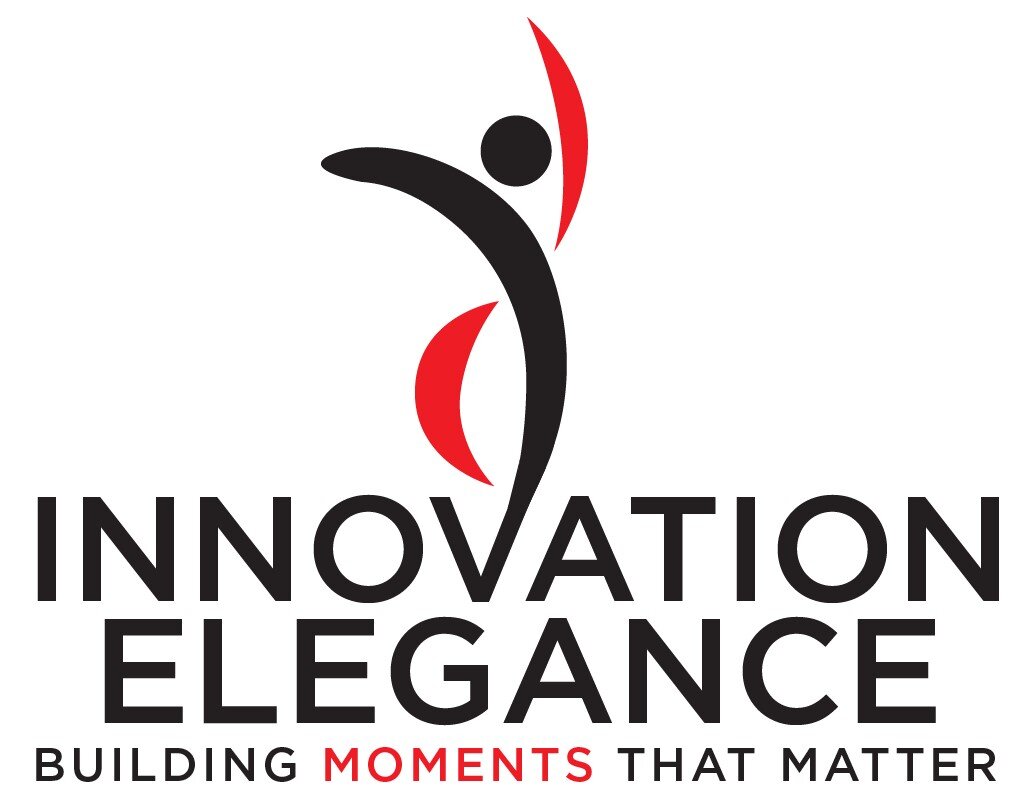What Can Business Learn From Theater
“People may have snickered when we started, but they’ll take photos when we’re done.”
For your innovation organization to be successful, you need every ingredient that makes a movie or theater company successful.
The moving parts in theater include actors, stories, rehearsals, the opening performance, and return audiences. Much of the language can blur the lines whether this post refers to your innovation team or refers to Hollywood, Bollywood, or Broadway! Your organization has much to benefit from the language, habits, and culture of theater.
First, you must know what story you are forming for your audience. This is the customer experience. You innovate because their old story could be a lot better, and your work improves their story. You must write scripts for the actors (human and system) to follow - a script of record (not a system of record). The script provides impeccable clarity and sense of accountability. Your customer is always the lead character in your scripts, and content around the stage supports the context of the characters (not the other way around).
Imagine yourself as a Theater Director. Tactically, an early task is to assemble your team to manage various individual workstreams: choreography, orchestra, set design, lighting, publicity, stage management, costumes, and makeup. Next, all of you build a schedule that works for everyone in an integrated manner. This has been done countless times, so you don’t have to reinvent the wheel!
The next task is auditions. The competition might be fierce, but once complete, the collaboration begins. The actors learn their role in phases: lines, blocking, interaction, choreography, music, and costumes. Rehearsals are layered, you avoid boiling the ocean, and you pace everything. The feedback you give actors after every rehearsal is highly transparent, containing mostly the positive surprises and negative surprises. The group micro-mentoring makes everyone skilled at vulnerability. You monitor the culture of the cast, ensuring everyone has a sense of inclusion, validation, and belonging.
As rehearsals continue, there is a strong sense of momentum. The other functions (set design, costumes, publicity, etc.) were highly autonomous, but the teams start sharing information. The week before Opening Night, integration skyrockets among lights, costumes, props, and music - the cast and crew test timing, distances, and transitions.
The "Go Live” event is Opening Night. Every activity is tightly synchronized. Of course someone might go off-script, but typically the hiccups in the performance are small. The actors recover, give each other grace, and continue - unable to fail. Mistakes and bloopers might be humorous! Ideally, the story twists and turns exactly how the cast and director hope. The climaxes provide Moments That Matter - for the audience and for the cast. As Director, your job was done before the curtain rose that night! You were “Leader as Teacher.” Now it’s time for everyone to simply execute.
When the performance is done, the music changes, the curtain closes, then reopens. The customers - the audience - extends their appreciation for the theatrical experience. The actors change into their street clothes, meet friends, family, and fans in the lobby, and flashbulbs are everywhere. It’s a breath-taking experience for actors and audience - for customers and employees. The hard work is done, and now the cast is ready to repeat performances - a form of agility.
You’re not merely putting on a show, but you shape your employees’ culture and your customers’ experience. Imitating all the moving parts of a theater team is an important, fun model for all of the moving parts among your innovation actors.


